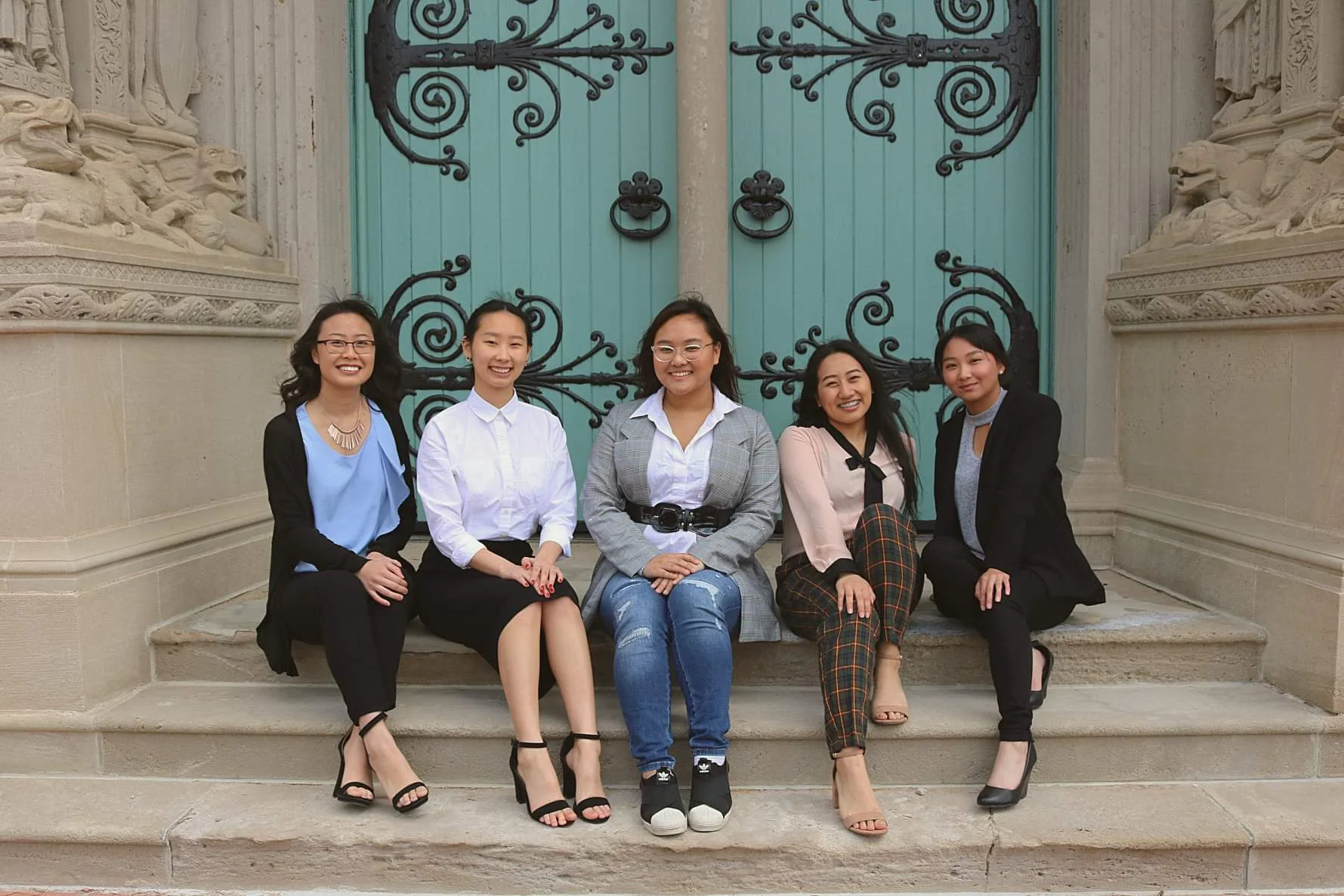Eulogy for a Nashville Warbler
Pictured above; A Nashvlle Warbler
“It’s a Nashville Warbler. They’re migrating right now,” said St. Kate’s English Professor Dr. Robert Grunst, regarding the bird he had just pulled from his pocket. Its lifeless body rested gently in the palm of his hand. It was a busy Thursday in the Center for Women, and observers paused to pay varying degrees of homage to the little yellow songbird. Some felt his soft feathers while others admired his intricate feet. Though it may seem incidental, the end of this bird’s life allegorizes emerging conversations on the relationship of St. Kate’s campus to its broader surroundings.
“I found it on the sidewalk beneath the skyway between Fontbonne and Butler,” recounted Dr. Grunst, shaking his head. “It’s the third bird I’ve found there.” Although he has made no formal request to the university, Dr. Grunst has suggested that St. Kate’s install decals in windows and glass walkways around campus to prevent bird death by collision. Earlier that day, he had carried the Nashville Warbler into the President’s Office as a testament to this necessity.
Dr. Grunst has also found two Ovenbirds on the walkway in the past, named this way for the domed shape of their nests. “Ovenbirds are secretive, and famous for a poem by Robert Frost,” said Dr. Grunst. These birds were also discovered in their seasons of migration, demonstrating how human development interrupts ancient movements of nature.
According to the U.S. Department of Agriculture (USDA) Forest Service, between 500 million and 1 billion birds are killed annually due to anthropogenic sources. These include collisions, especially with windows and buildings.
As a series of structures at the highest point in St. Paul, what accountability does St. Kate’s take in this bird death toll? While the university attempts to reconcile its role in the occupation of Dakota land, this Nashville Warbler is a reminder of its presence in an ancient and sacred place.






